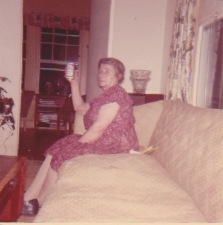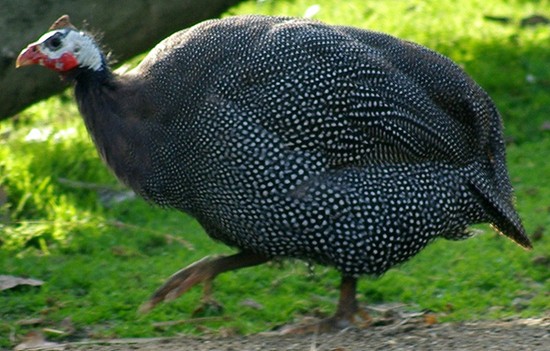In 1791 Catherine the Great created the Pale of Settlement. It was the territory within Russia where Jews were permitted to live. It included all of Belarus, Lithuania and Moldova, much of present-day Ukraine, parts of eastern Latvia. And with Second Partition of Poland in 1793, the Pale included much of Poland and all of Lithuania.
My maternal Grandmother, Sophie was born in 1880ish Warsaw, then still part of the Tsarist Empire. She spoke Polish, understood Russian, both Slavic languages; but the lingua franca for Jews, spoken in the home, and amongst their co-religionists was Yiddish (the mamaloshen – “mother tongue”), which was and is a Germanic language. When she moved to America at the turn of the 20th Century, she added another Germanic language, English to her verbal skill set (although she never gained literacy in it).
My Mother was able to pick up Yiddish from my Grandmother (we called her Mommie Sophie). Mom developed a decent facility with Yiddish, and as a kid I would sometimes hear Mom and Mommie Sophie having extended conversations in Yiddish. Drawing the camera back, I think it was their language of “disagreement.” I couldn’t understand what was being said (and I am sure that was the idea), but words were exchanged in a hurried and excited manner, in a somewhat elevated volume. It wasn’t as if they were telling dirty jokes in Yiddish, either. It wasn’t, “chubdah, chubdah, chubah, chubdah”; and then a bunch of laughter. Yeah, I think they were disagreeing about this, that or the other thing. Probably something family related, and not whether the flanken was too dry.
My Dad knew a few words and phrases, too. More than anything, he put Yiddish into play as a vehicle for humor. Which brings to me to the following.
Zack has sent me a book: The Encyclopedia Blazertannica, which is an alphabetic listing of subjects that, by and large, relate to things soccer. However, under the letter “Y” is this off-topic entry:
YIDDISH: No language does spite more creatively.
Two of the examples contained to illustrate the point.
“Ale tseyner zoln bay dir aroysfaln, nor eyner zol blaybn – af tseynveytok!”
Or, in English, “May all your teeth fall out except for one – so you can get a toothache!”
And my personal favorite…
“Zol dayne fis vern farholtzzene dayne bokyh ful mit vaser un dayn kop gamakht fun gloz azey ayer fis farbent, vet ayer boykh zidn un dayn kop vet plastn!”
Or, in English, “May your feet be made of wood, your stomach be filled with water, and your head be made of glass so when your feet catch fire your stomach will boil and your head explode!”
Lest you guess otherwise, I never heard such horrible words from the lips of Mommie Soph, or my Mother!
Yes, I know a few words and can get the gist of a couple of phrases. And it shouldn’t come as a surprise that you know a few words, too! English is a voracious language, gobbling up vocabulary from languages across the planet… including Yiddish. Among the terms that have crept into our tongue… bagel, blintz, chutzpah, glitch, kibitz, klutz, lox, nebbish, nosh, schlep, schlock, shnook and tushie… all are derived from Yiddish/German that entered into this country via Ellis Island… just like my Grandmother did!
L’chayim!



